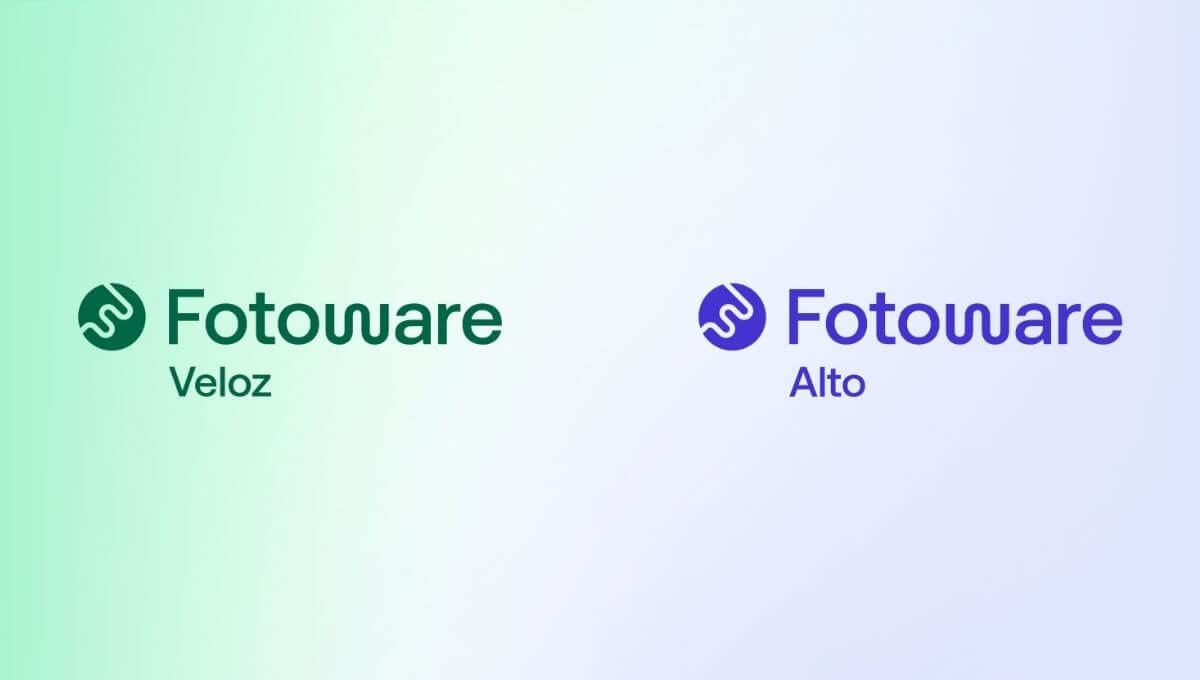
© Cover photo by Markus Spiske at Unsplash
How the Financial Times enhanced image workflows to control image rights
Senior Developer at the Financial Times shares how Fotoware helps them to be better equipped for remote work by assuming control over image rights and licenses.
The Financial Times is the world's leading global business publication with offices all over the planet.
During the COVID-19 crisis, all the Financial Times staff worked remotely and yet managed to produce both digital and print versions of the newspaper.
Andrew Watkins, the Senior Developer at the Financial Times (2020), was invited to the WAN-IFRA’s World Media Leaders eSummit to share how the publication has transformed its image workflow, enabling greater control of image rights and licenses. And, ultimately, how it has helped the Financial Times to be better equipped for remote work.
The Challenges
Previously, the Financial Times used a desktop system that enabled only a few people to access the images.
Moreover, it was unclear where some of the pictures came from, or whether the publication had the right to use them.
To put this into perspective, the Financial Times receives about 10,000 photos every day and this number can reach up to 20,000. Hundreds of pictures are published daily and there is an additional need to manage an archive of over 1.5 million photos.
The Solutions
Moving Images to the Cloud
To ensure that more staff could access the Financial Times image archives, the team chose Fotoware’s Digital Asset Management system.
The Fotoware DAM runs in the cloud on Microsoft Azure or Amazon Web Services and can be accessed via a browser, making it far more accessible to all users worldwide.
Since the Financial Times already used Amazon across the organization, it was a simple process to set up a new instance and get going immediately.
Read more: Getting into the Cloud - What are IaaS, PaaS and SaaS?
Keeping Track of Image Rights
The problem with image rights was essential for the Financial Times to solve since misuse of these images could prove to be an incredibly costly mistake.
The ability to add metadata to images in Fotoware meant that the Financial Times could tag images with important information about the photographer, the licenses and usage rights of the photos.

Previously, the Financial Times received all the photos via FTP (file transfer protocol). It made things complicated as it was not always clear where the pictures came from, who they were supplied by, and how they can be used.
Naturally, the first step to determining where the pictures were coming from was moving to SFTP (secure file transfer protocol). This requires people to use name and password to send pictures, meaning there are no more anonymous picture senders.
After that, the pictures are sent to the Fotoware system where they are processed and have the metadata added. If there is not enough metadata, the picture will not be used.
Adding Rights Information to the Images
The Financial Times has 40-50 different contracts with agencies that determine rights for different pictures.
It was hard to automate straight away since the contracts contained complex legalese. So, Andrew’s team worked closely with the picture desk to go through all the contracts and define specific usage rights that could be applied generally.
Adding rights was an important process to automate since the Financial Times handles thousand of photos every day and the staff can not update it manually. Moreover, there was an archive of over a million photos that needed to be put through the same process.
Once the team had defined the specific usage rights (for example, different types of social media access), they then had to make it easy for all users of the system to identify the usage rights status of each image.
In the Fotoware Digital Asset Management system, there are several ways of doing this:
a) Dividing pictures into the archives
For example, new and old images as they have different rights.

An example of archives in the Fotoware system
b) Using filters to refine the search
When a user searches for photos of a specific person— for example, the Queen of England, filters can be used to show which pictures require a fee to be paid or whether the image can be used in print, digitally, or on social media.
c) Using Markers
Markers are a set of visual indicators on thumbnails and previews in Fotoware. They can be used to indicate the state of the asset, such as whether it has been approved for use or license is still valid/expired, or usage rights.
Want to learn more?
Talk to one of our experts to discover how we can streamline your organization's content workflows.


